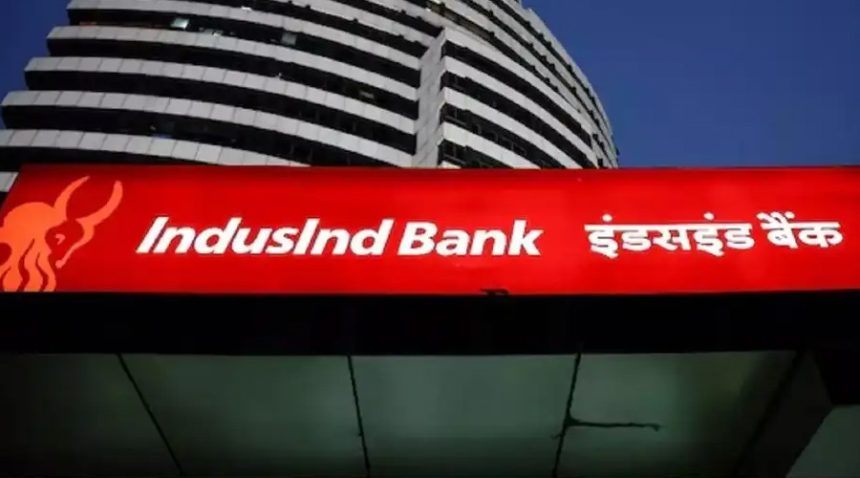CEO and Deputy CEO resign after ₹2,100 crore accounting scandal — what does this mean for investors
IndusInd Bank, the fifth-largest private sector lender in India, had a major leadership change after its Managing Director and CEO, Sumant Kathpalia, stepped down. The resignation came in the wake of a detection of major accounting inconsistencies with respect to the bank’s derivatives portfolio that impacted its financial health and investor confidence.
Background of Leadership Changes
The leadership change was triggered on account of discrepancies found in the bank’s derivatives portfolio, resulting in a downward impact of approximately ₹2,100 crore (~$250 million) on its net worth as of December 2024. Some of those discrepancies were linked to wrong accounting treatments of internal derivative trades. Therefore, resignations were put forth by both the CEO, Sumant Kathpalia, and the Deputy CEO, Arun Khurana, jointly taking moral responsibility for the lapses.
Regulatory & Interim Management
Doing so, the Reserve Bank of India (RBI) sanctioned the formation of an interim executive committee to manage the day-to-day affairs of the bank. The members are mostly senior executives including Soumitra Sen and Anil Rao, who will operate under the guidance of the bank board. The RBI has stated that this arrangement will last until the appointment of a new MD & CEO or for a maximum of three months, whichever comes first.
Market Reaction and Investor Sentiment
The market considered the events with caution. IndusInd Bank’s shares fell by approximately 3% following the announcement of the CEO’s resignation. Analysts have expressed concerns about the bank’s governance and internal controls, leading to a downgrade in the stock’s rating from “buy” to “hold” by several analysts. The bank’s shares have declined nearly 8% since the disclosure of the accounting lapses.
Implications for Investors
Governance and Risk Management
The accounting discrepancies have highlighted potential weaknesses in the bank’s governance and risk management frameworks. Investors may need to reassess the bank’s internal controls and oversight mechanisms to gauge the robustness of its financial reporting and compliance structures.
Financial Performance
The financial impact of the discrepancies is significant, with the bank estimating a hit of approximately ₹2,100 crore to its net worth. This could affect the bank’s profitability and capital adequacy ratios, potentially influencing its lending capacity and growth prospects in the near term.
Leadership Stability
The appointment of a new CEO will be crucial in restoring investor confidence. The selection process and the credentials of the incoming leader will be closely watched, as stakeholders seek assurance of effective leadership and strategic direction.
Regulatory Oversight
The RBI’s involvement in approving the interim management structure underscores the importance of regulatory oversight in the banking sector. Investors may view this as a positive step towards ensuring stability and compliance within the bank.
Outlook
While the immediate aftermath of the leadership change has introduced a degree of uncertainty, the bank’s proactive steps in addressing the issues and the RBI’s oversight may help in stabilizing the situation. Investors will be monitoring the bank’s actions closely, particularly the appointment of new leadership and measures to strengthen internal controls. The bank’s ability to navigate this transition effectively will be pivotal in determining its future performance and investor sentiment.





